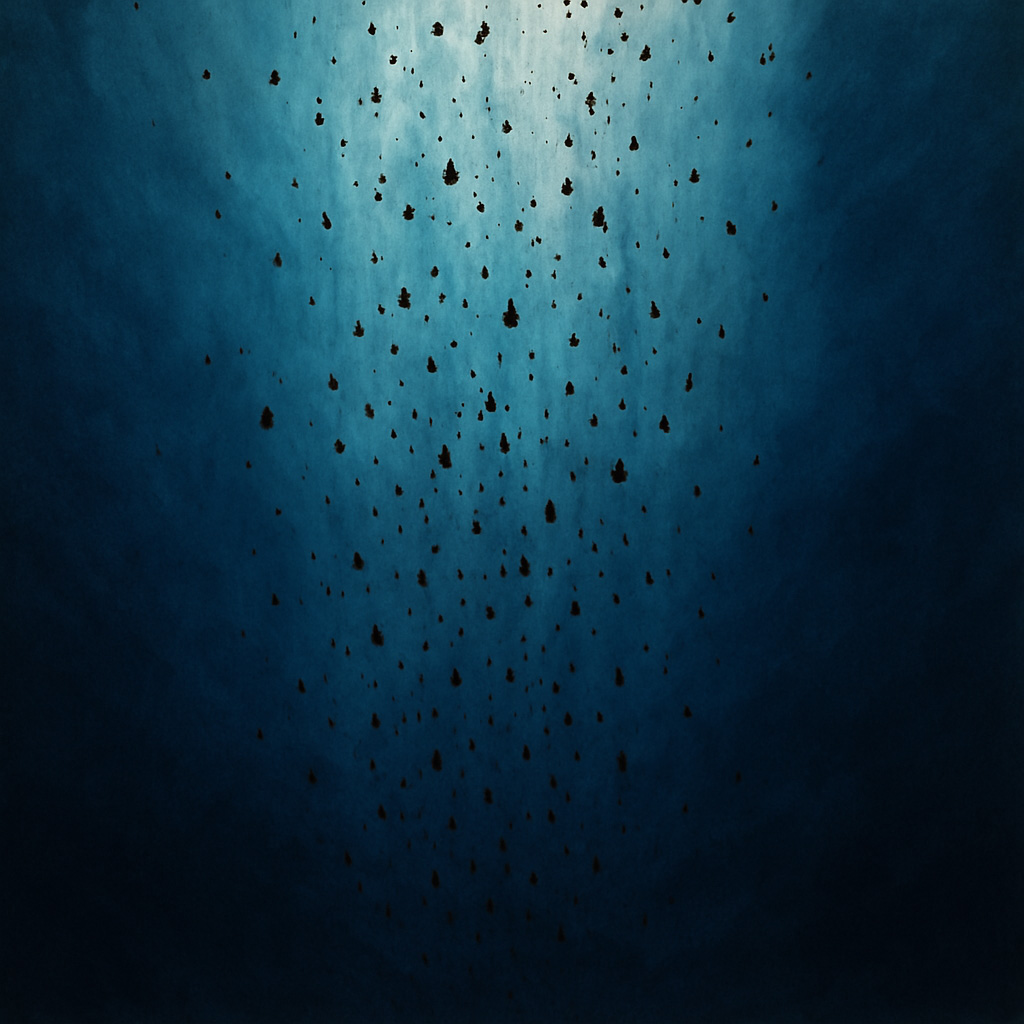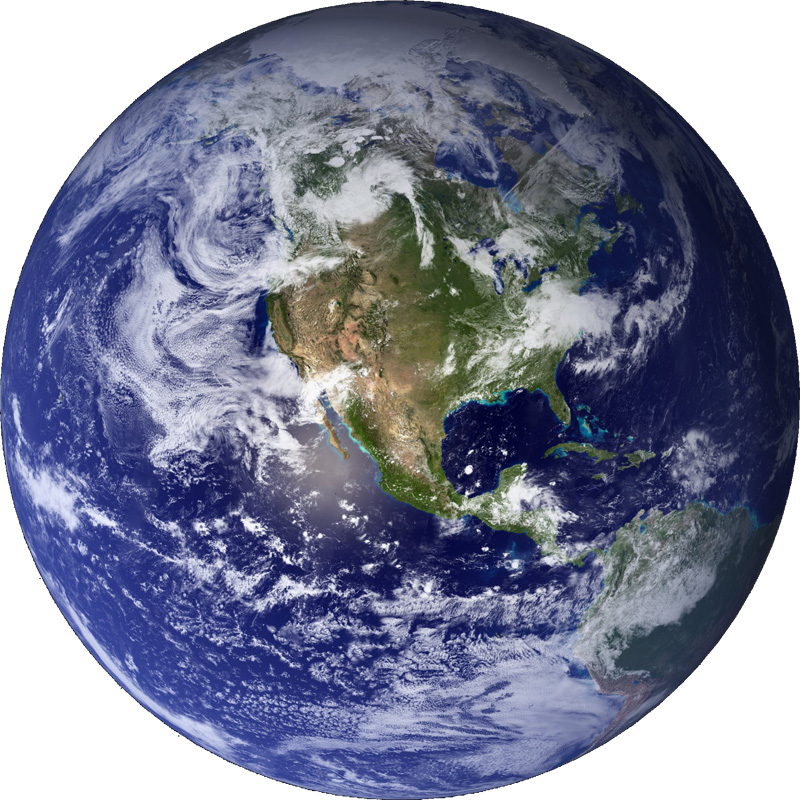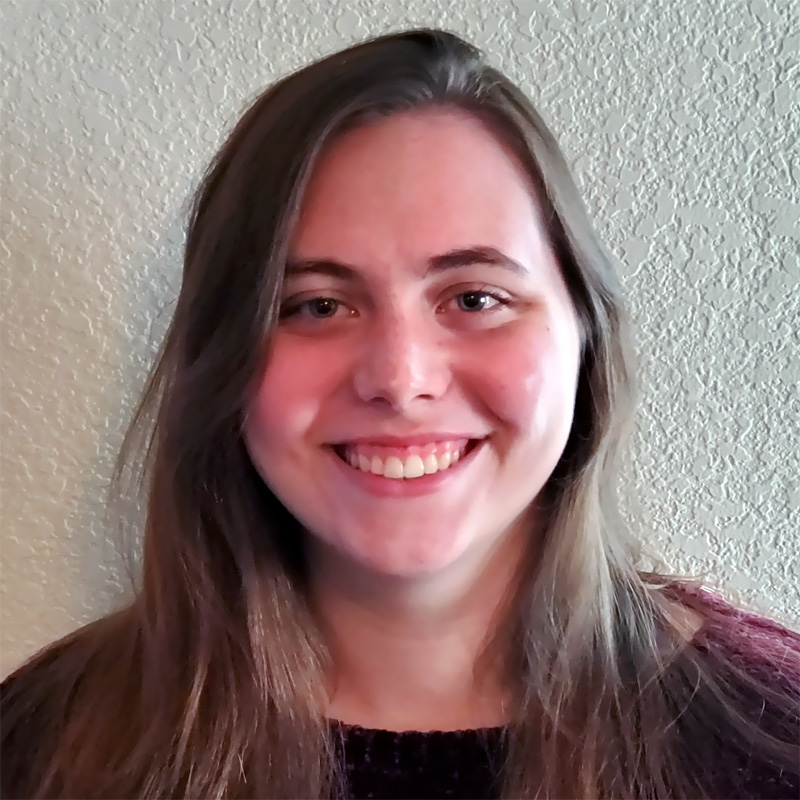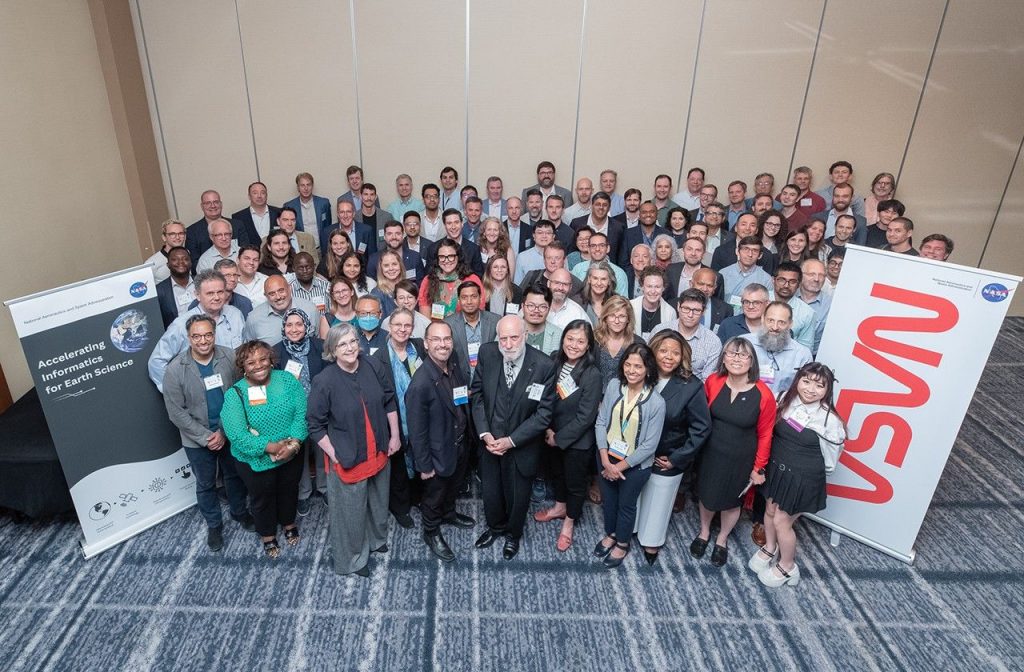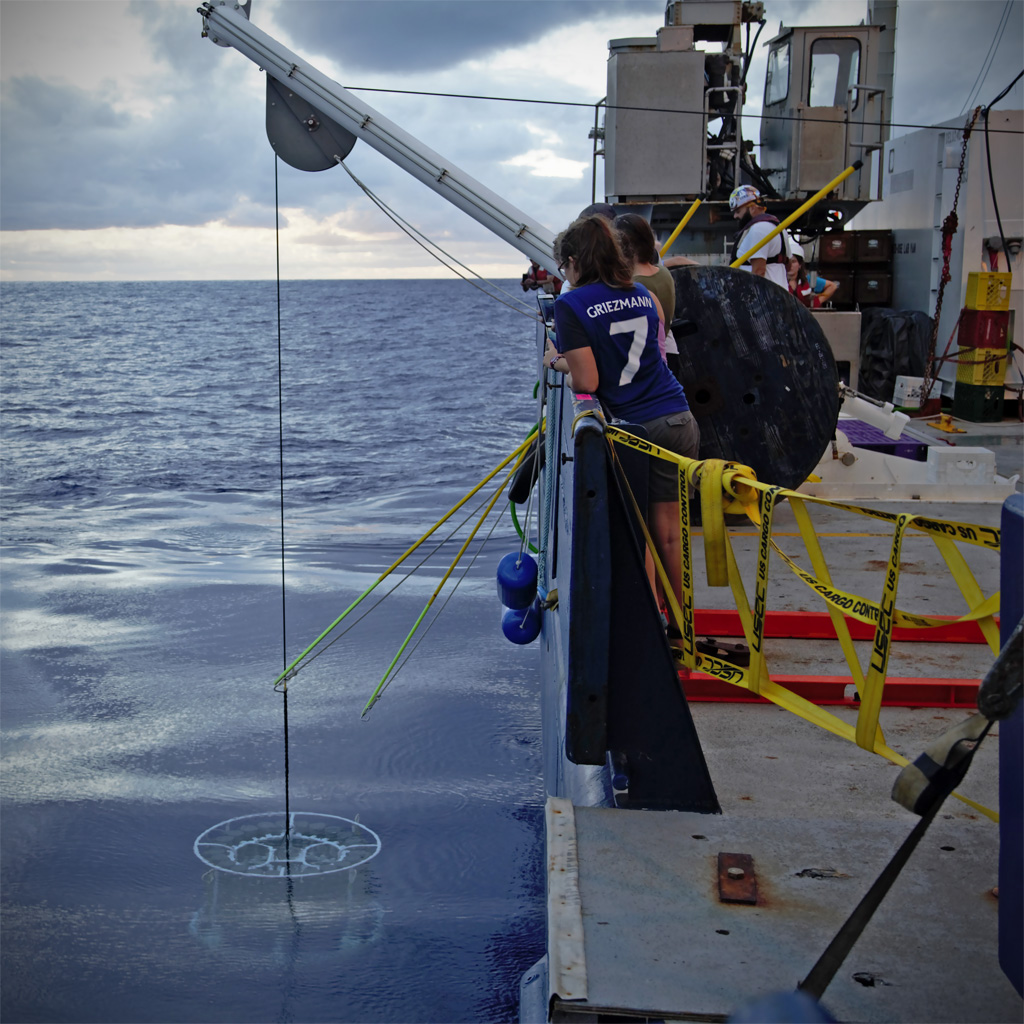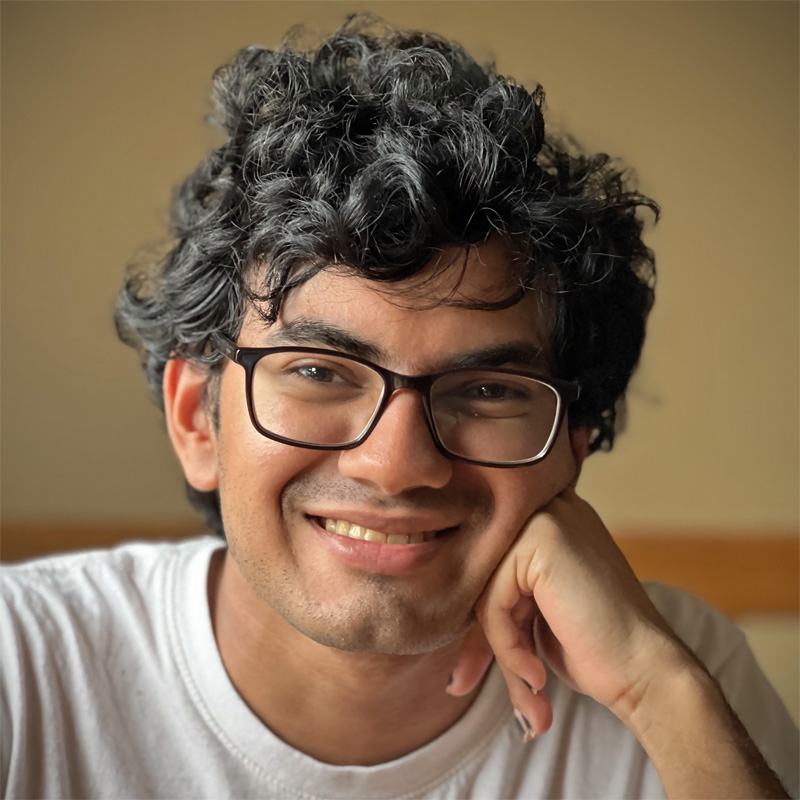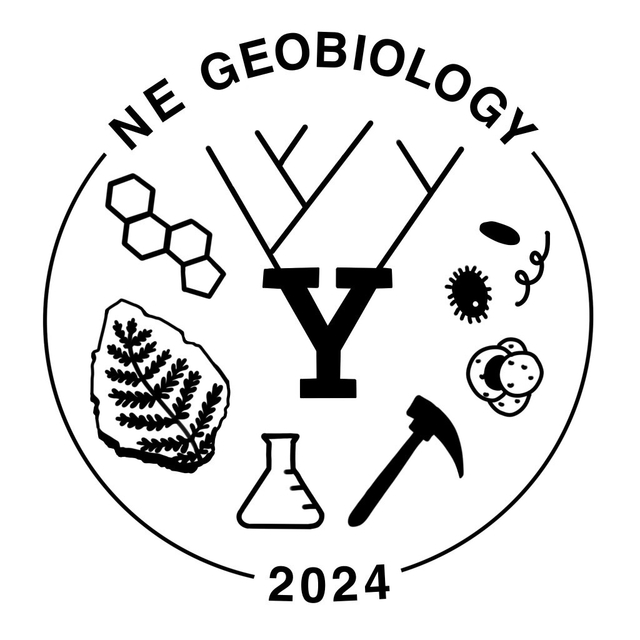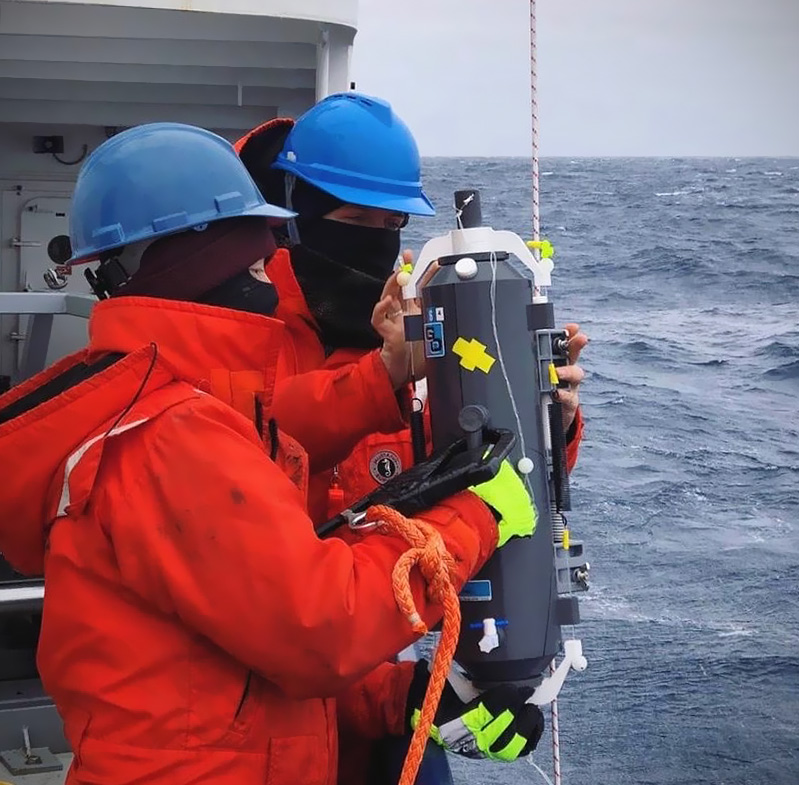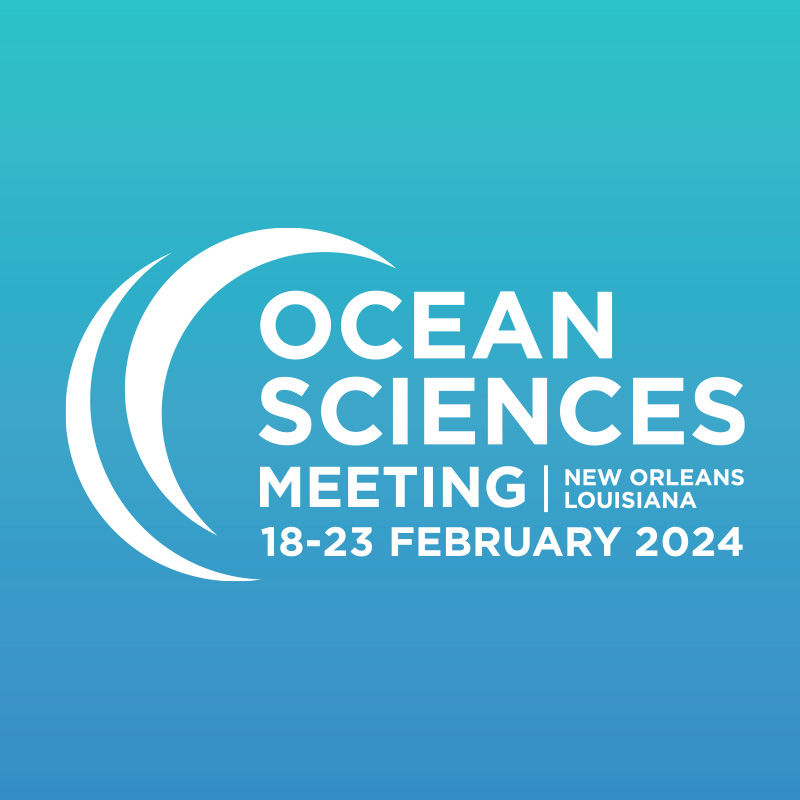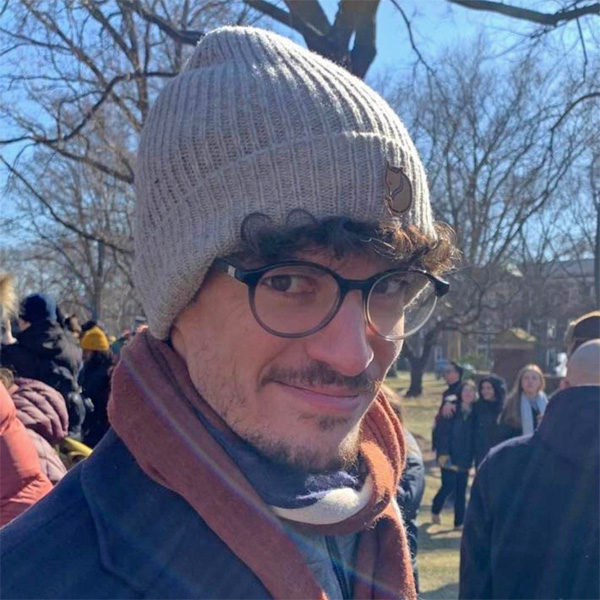Posts by Tristan Horner
Paper in press: Constraining the margin organic C flux
We’re excited to share the publication of ‘Distribution and Drivers of Organic Carbon Sedimentation Along the Continental Margins’ in AGU Advances, led by Logan Tegler (Ph.D., 2023). This study explores how organic carbon settles into marine sediments—a major long-term sink for atmospheric carbon dioxide, second only to silicate weathering. Estimating organic carbon sedimentation, especially along…
Read MoreTristan appointed Co-Editor-in-Chief of EPSL
While I typically reserve website updates for celebrating the achievements of NIRVANA Lab team members, today I’m excited to share some news of my own. I’m deeply honored to announce that I have been appointed Co-Editor-in-Chief of Earth and Planetary Science Letters, a leading journal that publishes short-format articles focusing on “physical and chemical processes…
Read MoreWelcome Jordyn!
It is my great pleasure to welcome Jordyn Wemhoner to the NIRVANA Labs. Jordyn joins as a graduate student in the MIT–WHOI Joint Program, having earned her Bachelor’s degree in Chemistry from the New Mexico Institute of Mining and Technology. She previously interned for several summers at Sandia National Laboratories and arrives in Woods Hole…
Read MoreAccelerating Informatics for Earth Science
This week, I was in Arlington, Virginia for the 2024 Accelerating Informatics for Earth Science event, sponsored by NASA. The gathering brought together researchers from NASA, the scientific community, and commercial data product developers to explore new ways of collaborating around Earth science data. The event featured panels, poster sessions, and plenty of opportunities for…
Read MorePaper in press: Biogeochemistry and budgets of barium and radium-226 in the Pacific
I’m delighted to report publication of ‘Controls on dissolved barium and radium‐226 distributions in the Pacific Ocean along GEOTRACES GP15,’ in a special issue of Global Biogeochemical Cycles dedicated to The U.S. GEOTRACES Pacific Meridional Transect (GP15). The study was led by Emilie Le Roy, who was a NIRVANA Lab Postdoc between 2019–2021. Below is a…
Read MoreWelcome Evren!
We are thrilled to welcome Evren Arif to the NIRVANA Labs as a Summer Student Fellow for 2024. Evren is currently a junior at Tufts University, where he studies Environmental Geology and Applied Mathematics. He has a keen interest in the intersection of mathematical modeling and biogeochemical processes. Evren’s project will build upon a recent…
Read MoreNortheast Geobiology Symposium 2024
Several members of the NIRVANA Labs are in New Haven, Connecticut, for the 2024 edition of the Northeast Geobiology Symposium, which is being hosted by Yale University. Ichiko Sugiyama has a 09:15 oral presentation, while Margot Debyser and Iulia Streanga are both presenting in the first poster session: Debyser, M.C.F., M.A. Charette, P. Henderson, and…
Read MorePaper in press: Characterizing the controls on the cadmium isotope composition of marine sediments
I’m really pleased to report the publication of a study, led by Logan Tegler (MIT–WHOI Ph.D., 2023), in Geochimica et Cosmochimca Acta, titled “Refining the roles of productivity, redox, and remineralization on the cadmium isotope composition of marine sediments.” The study can be accessed for free until May 23rd, 2024, by clicking this link; after…
Read MoreNIRVANA at the 2024 Ocean Sciences Meeting
Iulia and Ichiko are representing the NIRVANA Lab at the 2024 Ocean Sciences Meeting this week in New Orleans, Louisiana. On Monday, February 19, Iulia will present her poster, ‘Characterization of Organic Iodine Produced by Marine Cyanobacteria’ (Poster OB14B-0678), from 16:00 to 18:00 in the Poster Hall. She’s part of Session OB14B – Microbial Contributions…
Read MoreWelcome Pierre!
I’m happy to welcome Pierre Cadeau, Postdoctoral Fellow, to the NIRVANA Labs! Pierre plans to investigate how non-traditional stable isotope systems, such as cadmium and nickel, can be used to trace Earth’s biogeochemical evolution. His project is supported by a Marie Skłodowska-Curie Actions Postdoctoral Fellowship and is being conducted in collaboration with Oliver Rouxel (Ifremer).…
Read More
